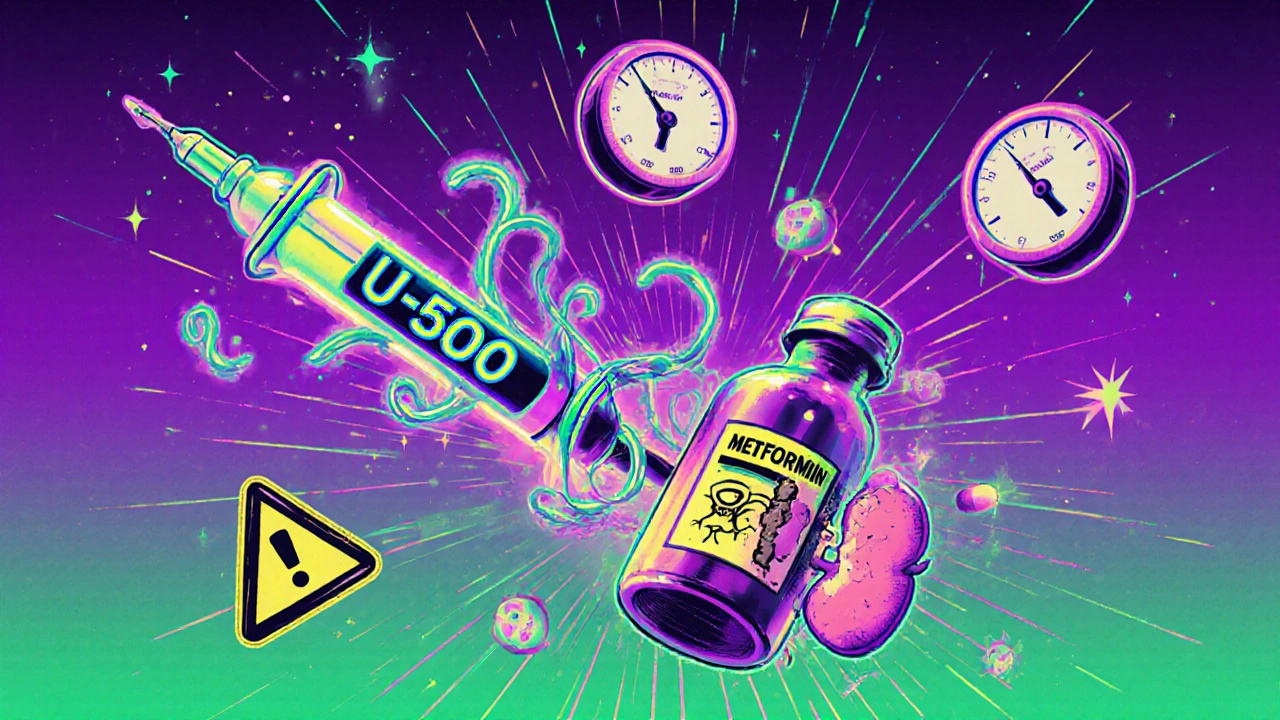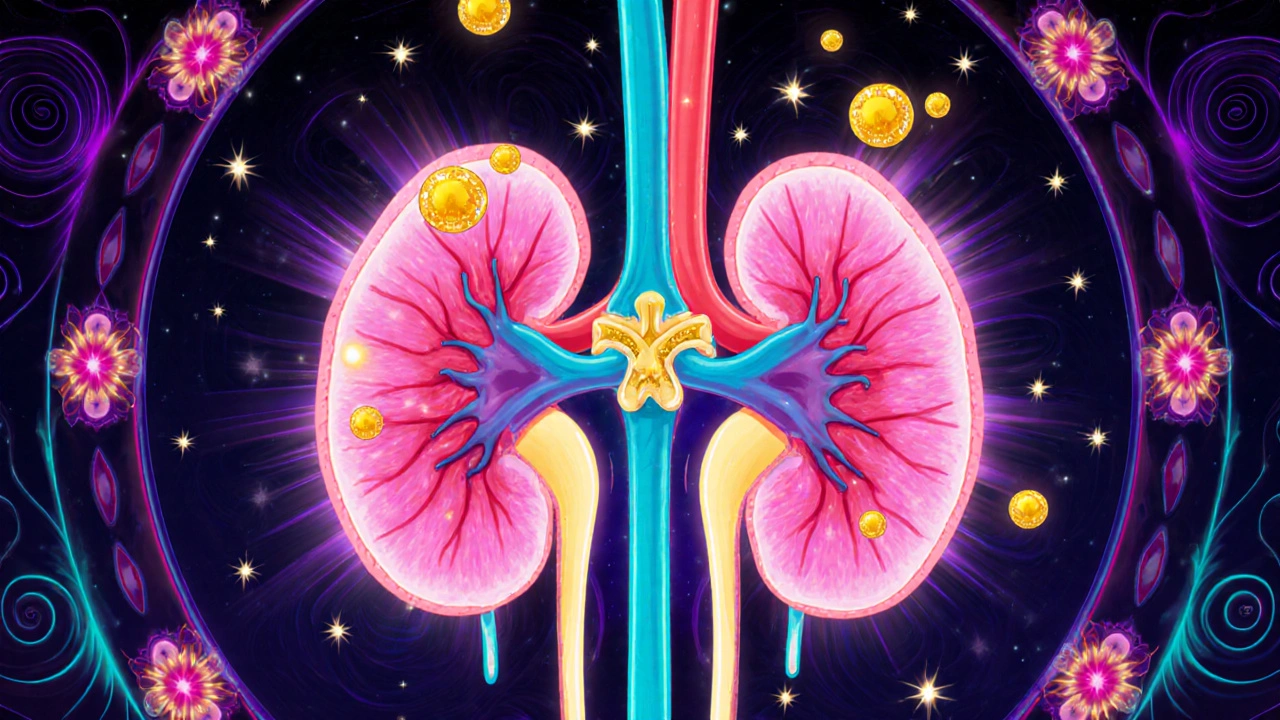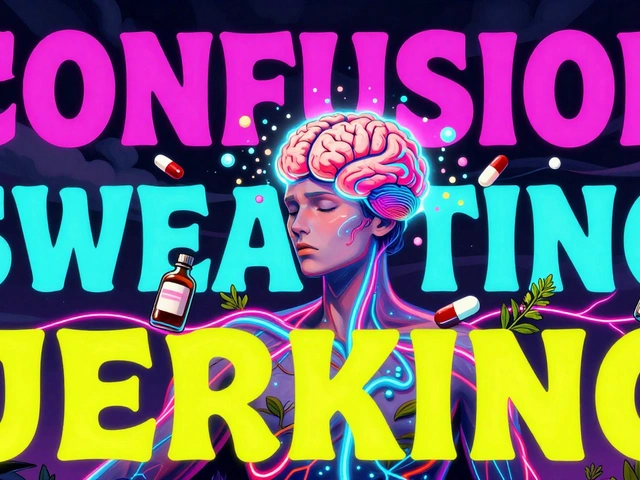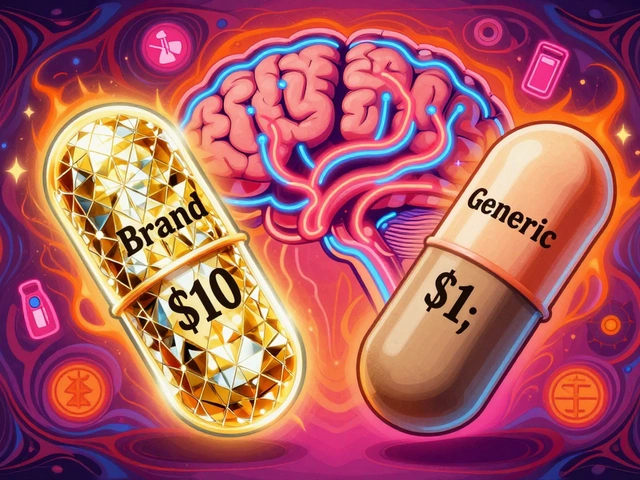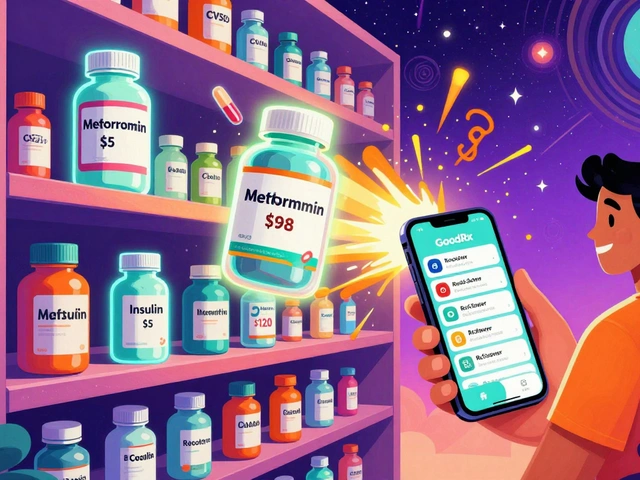SGLT2 Inhibitors: How They Work, Who They Help, and What You Need to Know
When you hear SGLT2 inhibitors, a class of oral diabetes medications that help the kidneys remove excess sugar from the body. Also known as gliflozins, they’re not just another pill for high blood sugar—they’re one of the few diabetes drugs proven to lower the risk of heart failure and slow kidney damage. Unlike older drugs that force your body to make more insulin or make cells more sensitive to it, SGLT2 inhibitors work by letting your kidneys flush out extra glucose through urine. That means they don’t rely on your pancreas to work, which makes them useful even when insulin production is fading.
Three main drugs make up this group: empagliflozin, a once-daily pill shown in large trials to cut heart-related deaths in people with type 2 diabetes and heart disease, dapagliflozin, used for both diabetes and chronic kidney disease, even in people without diabetes, and canagliflozin, linked to lower hospitalization rates for heart failure. These aren’t just sugar-lowering tools—they’re protective. Studies like EMPA-REG OUTCOME and DAPA-HF proved they don’t just manage symptoms; they change outcomes. People taking them often lose a few pounds, see lower blood pressure, and feel less bloated from fluid buildup. But they’re not magic. Side effects like yeast infections, increased urination, and rare but serious risks like diabetic ketoacidosis mean they’re not for everyone.
You’ll find these drugs mentioned in posts about kidney disease, fluid retention, and even weight management after diabetes diagnosis. The connection isn’t random. SGLT2 inhibitors are at the center of a shift in how we treat metabolic disease—not just as a glucose problem, but as a whole-body condition. That’s why you’ll see them tied to topics like edema in CKD, diuretics, and even how diet affects swelling. They’re also part of the bigger picture of choosing between diabetes meds, comparing alternatives like GLP-1 agonists, and understanding long-term side effects. Whether you’re a patient managing type 2 diabetes, a caregiver helping someone navigate kidney issues, or a health professional looking for practical insights, the posts here give you real-world context—not just theory. What works for one person might not work for another, and the details matter.
SGLT2 Inhibitors and Diabetic Ketoacidosis: What You Need to Know About the Risk
SGLT2 inhibitors help manage type 2 diabetes but carry a rare risk of euglycemic diabetic ketoacidosis (euDKA), where blood sugar stays normal but ketones rise dangerously. Learn the signs, who’s at risk, and how to stay safe.
Diabetes Medications Safety Guide: Insulin and Oral Agents Explained
Learn the real risks of insulin and oral diabetes medications-from dangerous low blood sugar to hidden drug interactions. A practical safety guide for patients and caregivers.
SGLT2 Inhibitors for Type 2 Diabetes: How They Protect Your Heart and Kidneys
SGLT2 inhibitors like Jardiance and Farxiga do more than lower blood sugar-they protect the heart and kidneys in people with type 2 diabetes. Learn how these drugs work, who benefits most, and what risks to watch for.

